Liver/Gallbladder and Thyroid Connection
Our body is like a system where everything is connected. The function of one organ influences that of the other.
The same is with thyroid gland whose function is influenced by various factors, but at the same time, the butterfly-shaped gland has an impact on other organs and systems in our body.
But, what is the relationship between liver/gallbladder and thyroid? Is there any sort of connection? Read on to find out.
What is the role of liver and gallbladder?
At the very beginning, it’s important to address the role of liver and gallbladder. The liver is located in the upper right part of the abdomen, and it is considered the largest gland and solid organ in a human body.
The main function of the liver is to filter the blood coming from the digestive tract before passing it to other parts of the body. Detoxification of chemicals and metabolism of drugs are also important roles of the liver. The liver secretes the bile that ends up in the intestines[i].
On the other hand, the gallbladder is a small organ that sits right under the liver. The gallbladder is a hollow organ shaped like a pear when full but takes the flat form of the deflated balloon when empty. The main function of the gallbladder is to store and concentrate bile which is a yellow-brown digested enzyme secreted by your liver[ii].
So, how do liver and gallbladder work together actually? The process is quite simple and straightforward. Cells in the liver produce bile which flows into canaliculi which are small channels which drain in bile ducts. These bile ducts join to form bigger and larger channels thus creating left and right hepatic ducts.
Then, hepatic ducts form a single, common hepatic duct which joins with the cystic duct, a duct that is connected to your gallbladder. These two ducts form the common bile duct.
Liver and thyroid
Now that you’re familiar with the roles of liver and gallbladder it’s time to focus on their connection to thyroid, isn’t it?
Let’s start with the liver first. What many people do not realize is that the liver has a significant role in the metabolism of thyroid hormones while their concentration is important to normal hepatic function and bilirubin metabolism.
Bilirubin is a substance made when the body breaks down red blood cells and is excreted by the liver.
Thyroid problems and liver
Evidence shows that thyroid hormones regulate basal metabolic rate of all cells, including hepatocytes meaning they are also able to modulate liver function. In turn, the liver metabolizes thyroid hormones, as mentioned above, and regulates their systemic endocrine effects.
Abnormalities affecting thyroid function affect liver both directly and indirectly. For example, hypothyroidism may have some features that mimic liver diseases such as fatigue and muscle cramps. But, at the same time, it's important to mention that underactive thyroid gland or hypothyroidism has the potential to affect the liver structure and function directly.
There were some cases where hypothyroidism was associated with cholestatic jaundice attributed to reduced bilirubin and bile excretion. This happened due to increased cholesterol and diminished membrane fluidity. Besides hypothyroidism, hyperthyroidism is also a thyroid-related disorder that affects the liver. You see, liver injury is common in people with hyperthyroidism.
Studies also reveal that hypothyroidism is strongly associated with nonalcoholic fatty liver disease even in the range of upper normal TSH levels. What’s more, the risk of nonalcoholic fatty liver disease in hypothyroid patients persists even when other metabolic factors are excluded[iii].
Liver and thyroid have a physiologic relationship too. How? Well, the liver is the major site for the metabolism of cholesterol and triglycerides while thyroid hormones play a crucial role in hepatic lipid homeostasis.
Thyroid hormones also enhance the expression of LDL receptors on liver cells and also heighten the activity of lipid-lowering enzymes which leads to a decrease of LDL levels. That means that healthy thyroid is important for reduced risk of cholesterol problems and atherosclerosis.
Of course, when the thyroid doesn't work properly, then cholesterol levels are impaired which explains why high cholesterol is one of the hallmark symptoms of hypothyroidism.
Liver problems and thyroid
As seen above, the thyroid and its function have a major impact on the liver, but vice versa also applies. For example, some patients with liver cirrhosis may demonstrate increased thyroid glandular volume compared to healthy controls. Patients with cirrhosis have low total and free T3 and elevated rT3.
Besides cirrhosis, acute hepatitis can also contribute to thyroid problems. Some patients with mild to moderate acute hepatitis have elevated total T4 levels due to increased thyroid-binding globulin. Furthermore, there’s an increased prevalence of autoimmune thyroid disease among patients with chronic hepatitis. Abnormalities in these cases may be caused by liver problems or due to thyroid dysfunction[iv].
Gallbladder and thyroid
Liver and thyroid are connected both directly and indirectly, but what about the gallbladder? Since liver and gallbladder participate in some identical functions, it's easy to expect this hollow, pear-shaped organ may be connected to thyroid function too. Volzke et al. found the gender-specific relationship between hypothyroidism and gallstones. Men with gallstones were more likely to have hypothyroidism than women which is why scientists explain that males with this problem should get their thyroid checked[v] too.
A different study, carried out by Wang et al., found that both hypo- and hyperthyroidism can contribute to the formation of gallstones, a common problem affecting your gallbladder, but through different mechanisms of action. Hyperthyroidism induces cholesterol gallstones through over-expression of hepatic nuclear receptor genes which happen to be major components in the cholesterol metabolism pathway.
On the other hand, hypothyroidism contributes to gallstone formation by promoting the biosynthesis of cholesterol[vi]. Also, studies reveal that hypothyroidism leads to the formation of gallbladder stones due to the fact that lack of T4 hormone creases metabolism of cholesterol in the liver which results in supersaturation of bile cholesterol. This leads to impaired motility, contractility, and filling of the gallbladder which contributes to the retention of cholesterol crystals thus paving the way to the formation of gallstones[vii].
Basically, the function of your thyroid has a major impact on your gallbladder. Since hypothyroidism is a common thyroid-related problem and studies show it can, indeed, contribute to gallstones, it’s important to take this relationship into consideration if you have this condition or problems with your gallbladder.
Additional tests may prevent some potentially severe problem in the future. Plus, hypothyroidism decreases your metabolism and makes your gallbladder sluggish too which explains why it’s more prone to the formation of gallstones.
Additionally, sluggish and congested gallbladder impairs the liver’s ability to detoxify your body. Inadequate liver detox negatively affects the conversion of T4 to T3 hormone and prevents elimination of excess estrogen. Why is this important? Well, elevated estrogen leads to excess thyroid-binding proteins which carry thyroid hormones through your bloodstream. What happens next is that higher levels of thyroid-binding proteins don’t allow thyroid hormones to reach the cells in the butterfly-shaped gland. The result is obvious – worsened symptoms of hypothyroidism.
Despite the fact that we don’t really think about gallbladder and its function this hollow organ is important for our digestion and overall health. Gallbladder allows you to absorb certain nutrients properly.
Bearing this in mind dysfunctional gallbladder could make your thyroid problem a lot worse because it doesn’t allow the body to obtain drugs and much-needed nutrients. This only goes to show that the thyroid is strongly connected with various organs, but their function also affects the butterfly-shaped gland.
Do I have liver or gallbladder problems?
Both liver and gallbladder have important functions, but most of us aren't familiar with all the symptoms associated with problems that affect these organs. While everyone can develop liver disease, some persons have a higher risk. Common risk factors include diabetes, obesity, excessive alcohol use, exposure to some chemicals and toxins, unprotected sex, family history, infections, and some other health problems.
Liver problems are associated with various symptoms including a tendency to bruise easily, yellowish skin and eyes, lack of appetite, nausea, and vomiting, itchy skin, pain and swelling in the abdomen, swelling in legs and ankles, chronic fatigue, and others.
As far as gallbladder problems are concerned, they are indicated by various symptoms including nausea and vomiting fever, jaundice, bowel movement changes, changes n urine, among others. Problems with gallbladder can develop due to a number of reasons, but an inadequate diet is one of them.
Most of us eat a western diet which is characterized by high-fat and low-fiber foods. As a result, your body doesn’t get vitamins, minerals, and other nutrients it needs to function properly. Instead, all that sugar, fat, cholesterol, and other unhealthy compounds affect gallbladder function and promote the formation of gallstones.
Tips to improve liver and gallbladder health
Throughout this post, you have the opportunity to see that the liver and gallbladder are connected to thyroid. In the meantime, the function of the butterfly-shaped gland can also affect these organs.
Taking care of your health through lifestyle modifications can help you avoid potential unwanted scenarios. Here are a few tips and tricks that will help you improve liver and gallbladder health:
- Get thyroid checked – as seen in this post, thyroid is associated with dysfunctions in liver and gallbladder so if you have problems with these organs maybe you should consider getting your thyroid checked
- Manage underlying problem – if you have thyroid-related problems managing them properly can also aid management of symptoms associated with liver and gallbladder conditions. For instance, thyroxine treatment may improve symptoms associated with cirrhosis
- Weight management – being overweight or obese puts you at a higher risk of thyroid problems, but also for conditions affecting your liver and gallbladder. Therefore, to cut down risk for all these problems and to aid their management you need to slim down. Make sure you start weight loss journey with diet modifications and regular exercise rather than opting for unhealthy methods
- Change your diet – instead of a western diet, choose healthier foods. Eat vegetables, fruits, fish, and other healthy foods which can supply your body with fiber and vitamins and minerals. Cut down the intake of sugar and fat
- Exercise regularly – being active is of immense importance. A sedentary lifestyle leads to weight gain and increases the risk of various health problems. Exercise burns triglycerides and supports hormone balance, promotes liver detox, and whatnot. To keep exercising regularly, you need to choose workouts or activities that you find fun and interesting. That way you're more likely to stick to them.
Conclusion
Liver and gallbladder have important roles in our body. They participate in the process of digestion and take part in other significant functions. Thyroid and these organs have a two-way relationship, i.e. they influence one another.
A growing body of evidence confirms that thyroid dysfunction negatively affects gallbladder and liver, and vice versa. A healthy lifestyle is important for risk reduction and protection against various problems affecting liver and gallbladder. Be more mindful about your health, manage weight, exercise regularly, and change your diet.
References
[i] Liver (anatomy): picture, function, conditions, tests, treatments. WebMD https://www.webmd.com/digestive-disorders/picture-of-the-liver
[ii] Gallbladder, Healthline https://www.healthline.com/human-body-maps/gallbladder#1
[iii] The connection between hypothyroidism and non-alcoholic fatty liver disease, EndocrineWeb https://www.endocrineweb.com/professional/research-updates/thyroid-disorders/connection-between-hypothyroidism-non-alcoholic-fatt
[iv] Malik R, Hodgson H. The relationship between the thyroid gland and the liver. QJM: An International Journal of Medicine 2002 Sep;95(9):559-69. Doi: 10.1093/qjmed/95.9.559 https://academic.oup.com/qjmed/article/95/9/559/1574610#22941304
[v] Völzke, H., Robinson, D. M., & John, U. (2005). Association between thyroid function and gallstone disease. World journal of gastroenterology, 11(35), 5530-4. https://www.ncbi.nlm.nih.gov/pmc/articles/PMC4320366/
[vi] Wang, Y., Yu, X., Zhao, Q. Z., Zheng, S., Qing, W. J., Miao, C. D., & Sanjay, J. (2016). Thyroid dysfunction, either hyper or hypothyroidism, promotes gallstone formation by different mechanisms. Journal of Zhejiang University. Science. B, 17(7), 515-25. https://www.ncbi.nlm.nih.gov/pmc/articles/PMC4940627/
[vii] Laukkarinen J, Sand J, Nordback I. The underlying mechanisms: how hypothyroidism affects the formation of common bile duct stones – a review. HPB Surgery 2012 Aug. Doi: 10.1155/2012/102825 https://www.hindawi.com/journals/hpb/2012/102825/
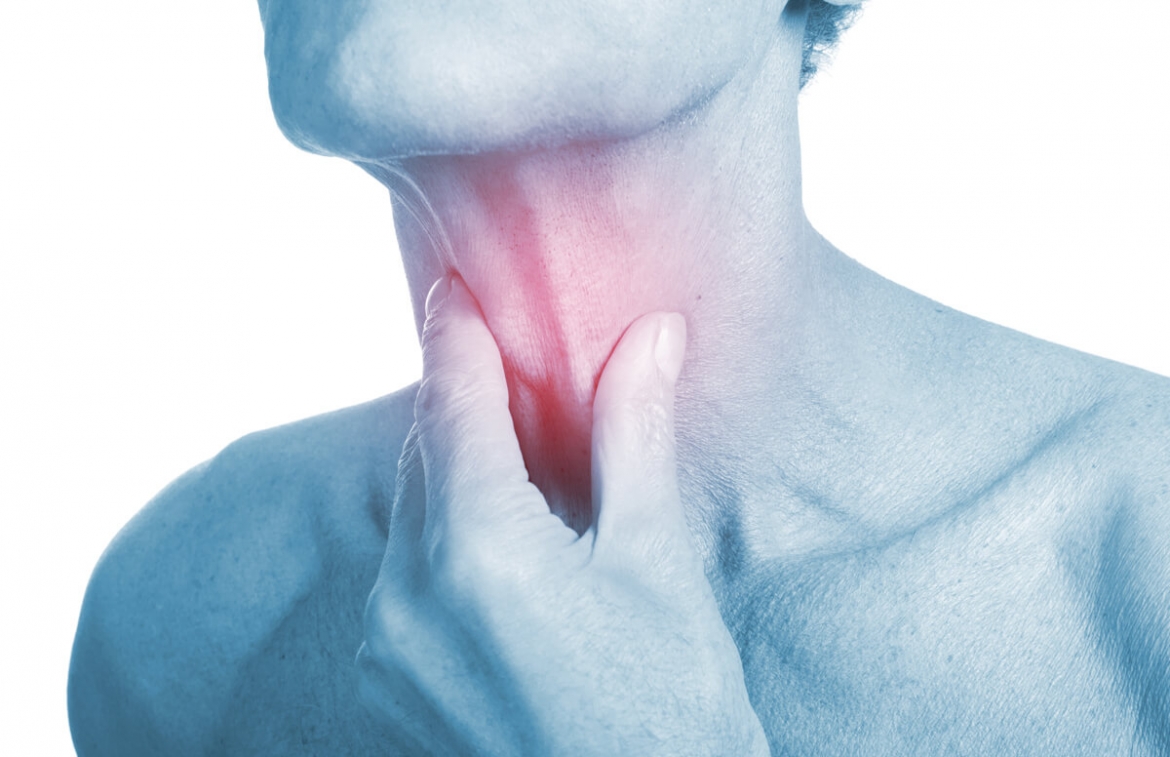



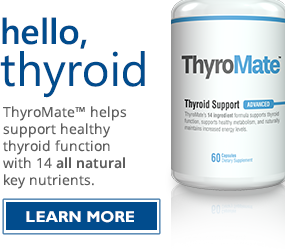

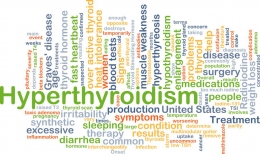
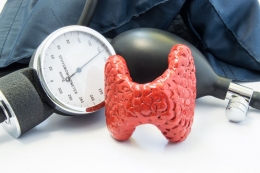
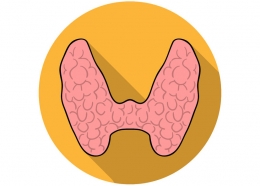
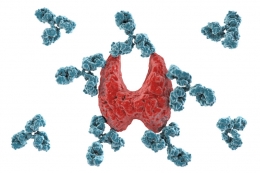



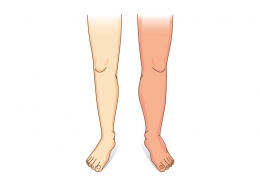



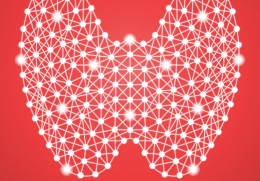
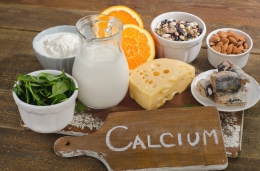
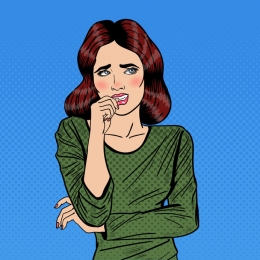









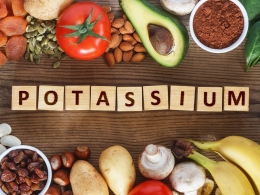
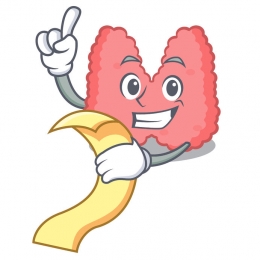

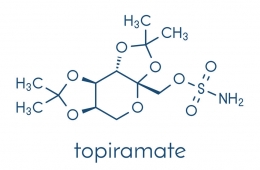

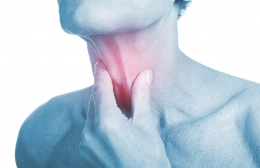
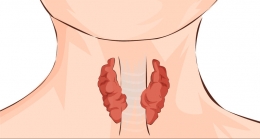
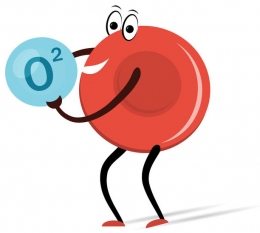
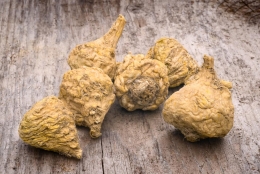

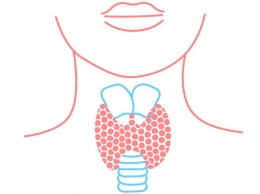
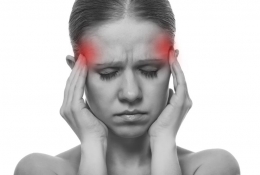
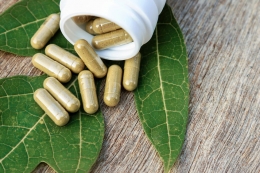
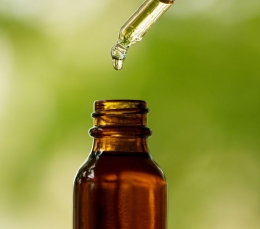
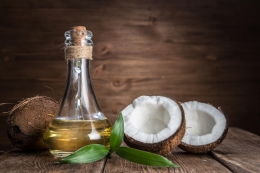
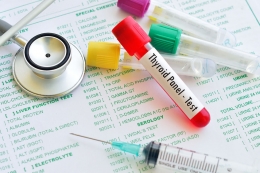
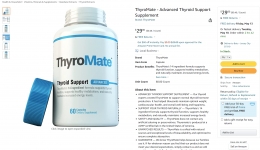



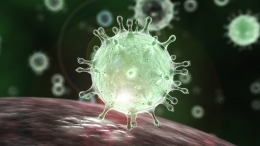
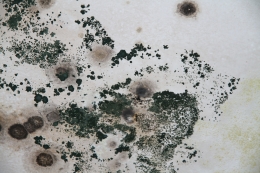
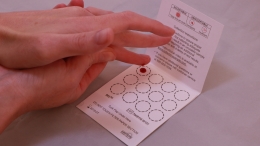
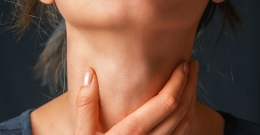
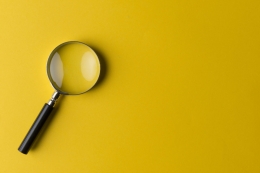

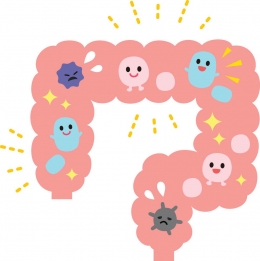
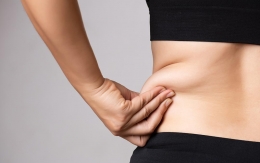



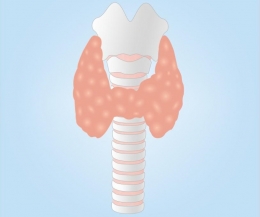
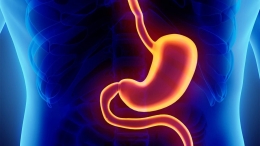
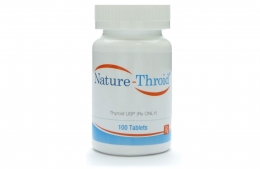

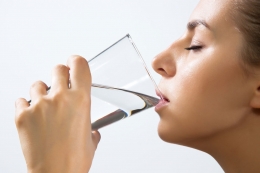
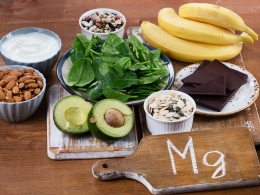
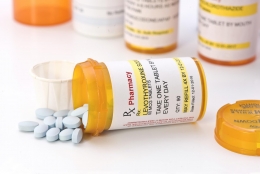



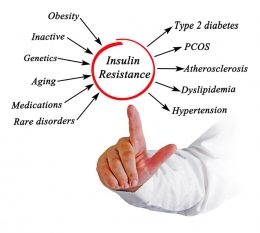
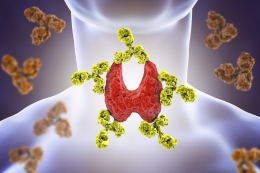

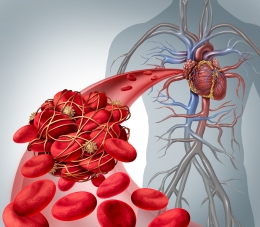
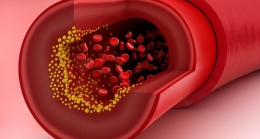


Leave a comment